The Mid-Autumn Festival is just around the corner, let's enjoy the Mid-Autumn Festival dressing fashions of the ancients and see what can be applied to Chinese fashion trends.
The Mid-Autumn Festival is one of the traditional festivals of Han Chinese people. As an important traditional festival in China and the Chinese cultural circle, the rich customs of the Mid-Autumn Festival are also reflected in all aspects of Hanfu clothing, food, housing, and transportation.
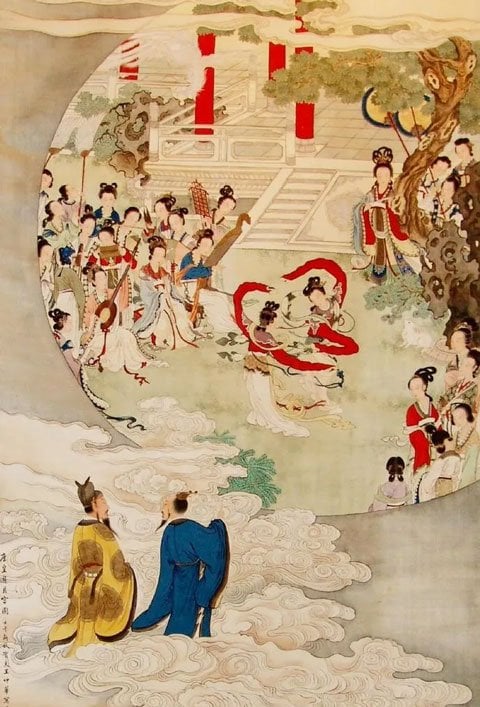
[Qing] Wang Zhonghua, "Scroll of the King of Tang Visiting the Moon Palace". Capital Museum Collection.
Mid-Autumn Festival elements
The ancient idea of dressing is usually to decorate clothing and accessories with these patterned elements based on the corresponding festive elements. What can you think of about the festive elements of the Mid-Autumn Festival?
In fact, although legends about the moon appeared a long time ago, and the custom of worshipping the moon was mentioned in the "Zhou Li (周礼)", there was no concept of the "Mid-Autumn Festival" at that time, and it was not until the Tang Dynasty that the most suitable day to appreciate the moon was set as the Mid-Autumn Festival. It was already in the Song Dynasty that the Mid-Autumn Festival and its customs and culture became popular.
The Mid-Autumn Festival element in clothing was particularly typical of the Ming Dynasty. Gorgeous festive auspicious costumes add another touch of color to traditional festivals, the most common of which is the Jade Rabbit.
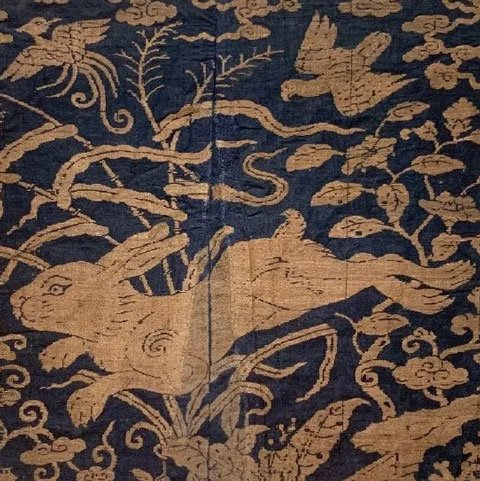
The surviving artifacts reveal that the image of the jade rabbit has given rise to many different versions, sometimes accompanied by other related elements, such as the moon palace and fairies. They were usually made into Buzi (补子), either round or square and decorated the front and back of the garment. In the case of the festive Hanfu used in the imperial palace, the royal elements were emphasized by placing the dragon and phoenix motifs in a prominent position, while the festive elements were shrunken and placed at the bottom or on one side as an embellishment.
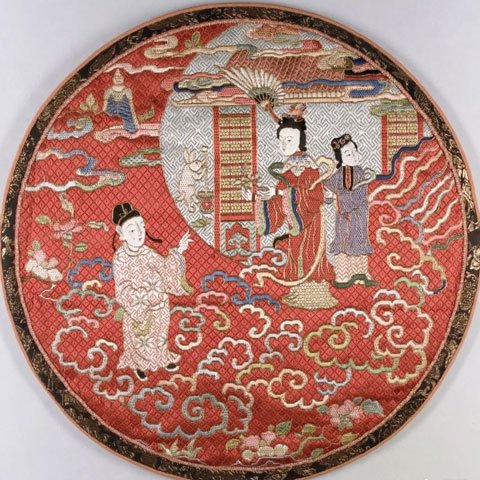
Qing Dynasty mid-autumn dragon robe & enlarge detail:
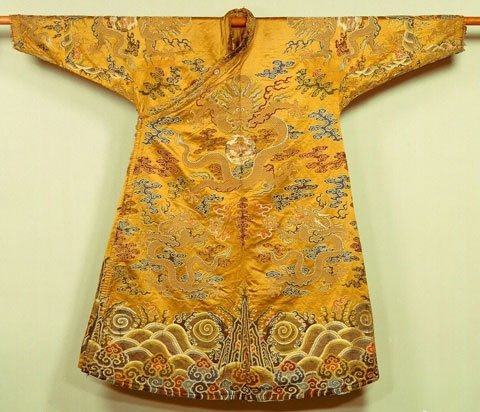
In addition to dressing, people in ancient times also wore various ornaments with mid-autumn elements. Apart from the jade rabbit, these ornaments are often inspired by seasonal flowers or fruits, such as osmanthus, chrysanthemum, pomegranate, watermelon, and even newly-marketed fat crabs. It seems that underneath the delicate and shiny surface of the ancient people, they also had a passion for food.
Antique Jade Rabbit Theme Jewelry:
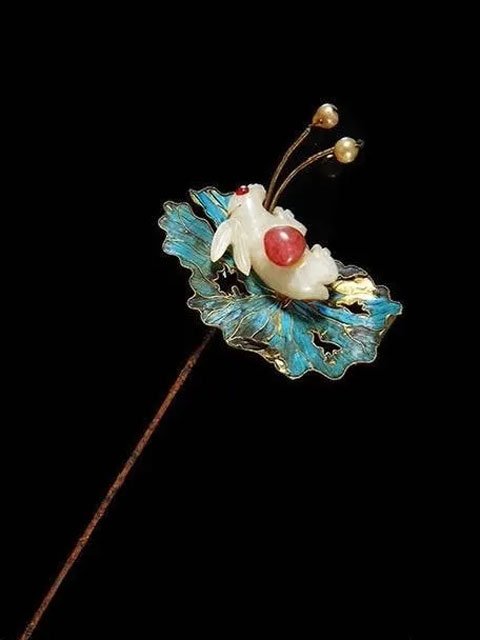
Antique Crab Themed Jewelry:
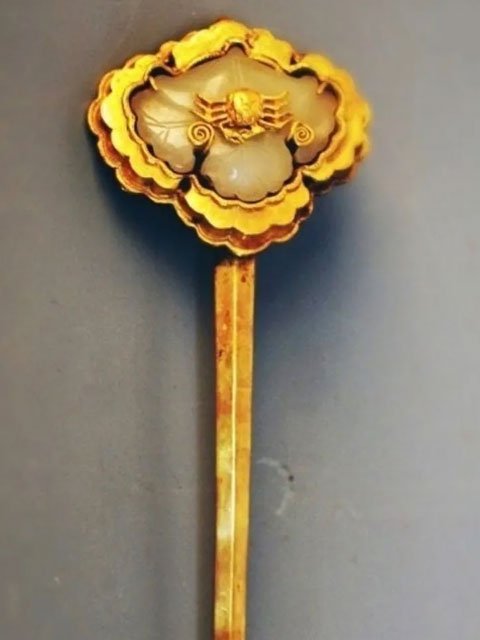
An equally delightful theme of the Mid-Autumn Festival is "holding the moon in hands with water". This theme appears in a poem by Yu Liang-shi, a poet of the Tang dynasty, entitled "Chunshan Yeyue". This elegant scene was embodied in a gold-headed silver hairpin unearthed in Zhuzhou, Hunan Province, which provided new material for mid-autumn decorations.
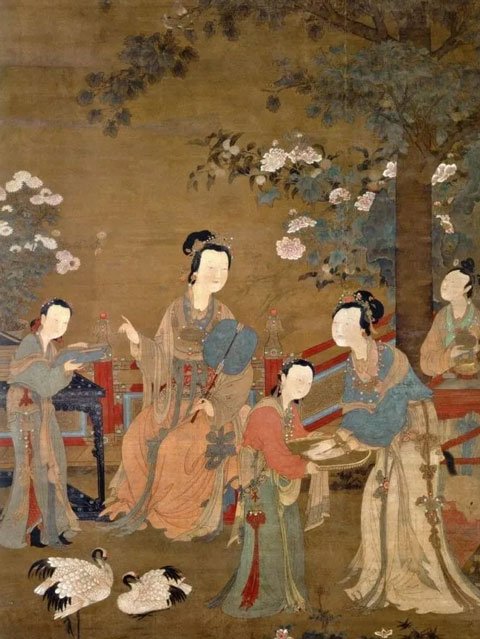
In ancient times, on festivals like New Year and Mid-Autumn, people would specialize in making new clothes, and it seems that traditional festivals also gave people a reason to buy new clothes!
Chinese fashion trends: Mordern Hanfu
Today, with the revival of traditional costume culture, we have more options for dressing, and the decorative elements can be more than just rabbits, the ancients can express their fashion, and we can pay homage to tradition with our Chinese fashion trends. Hopefully, culture is truly rooted in life.

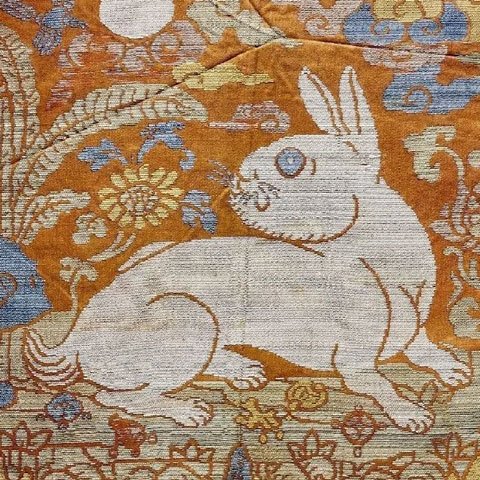
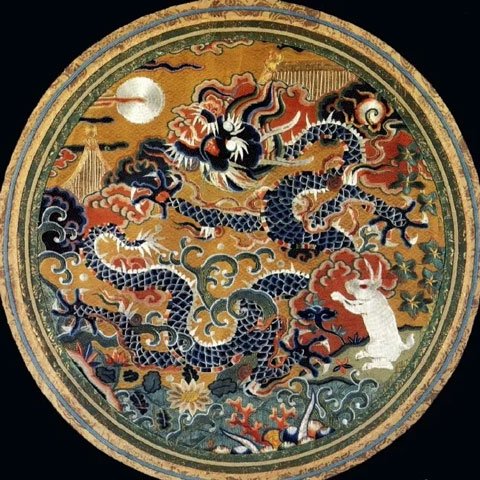
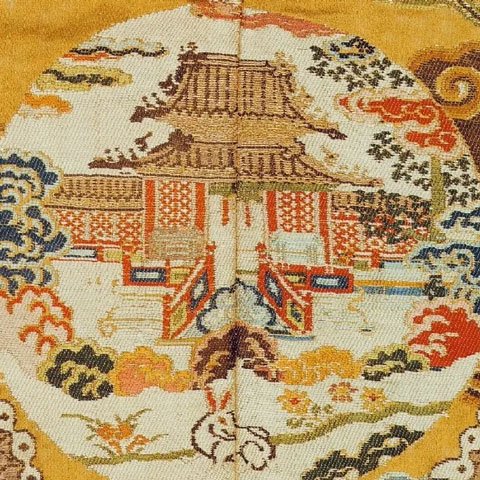
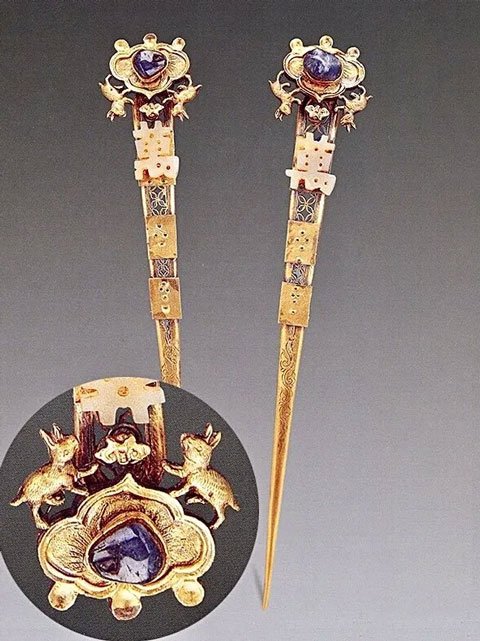
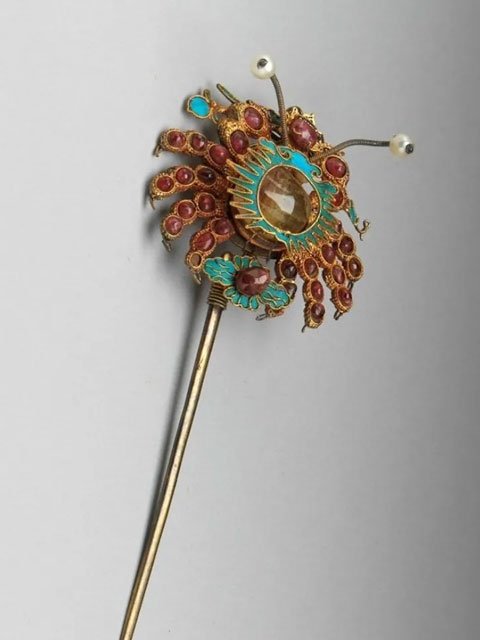
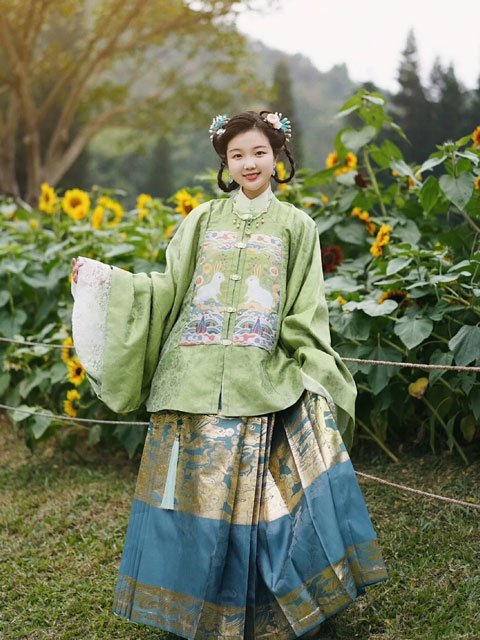
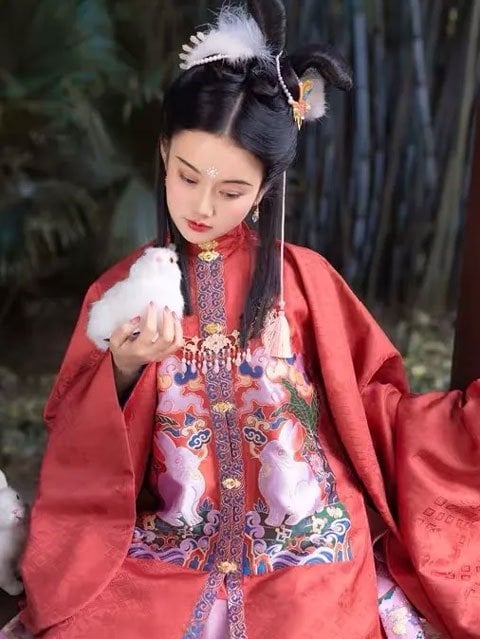
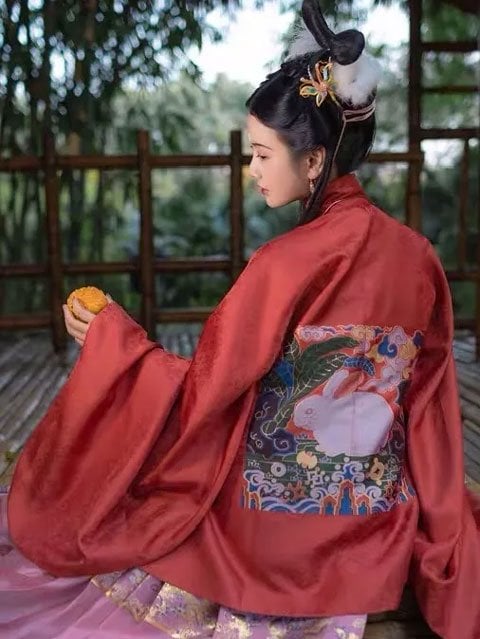
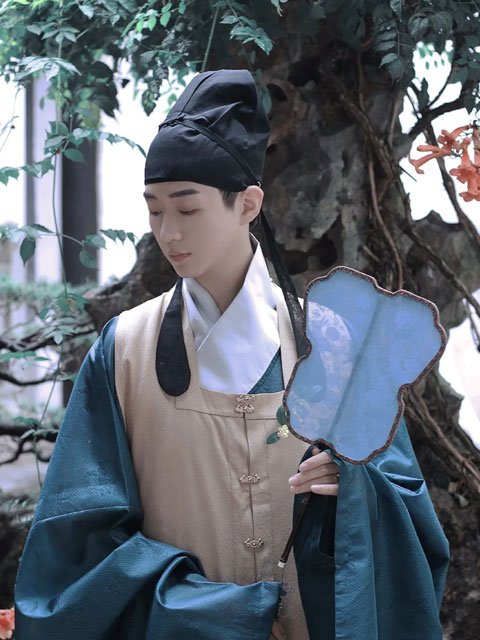
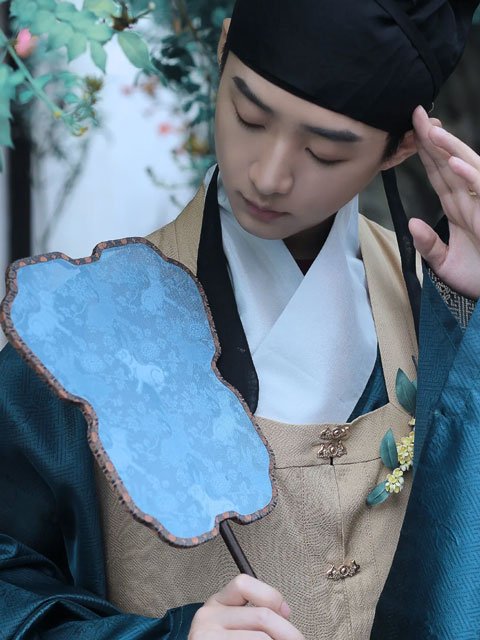
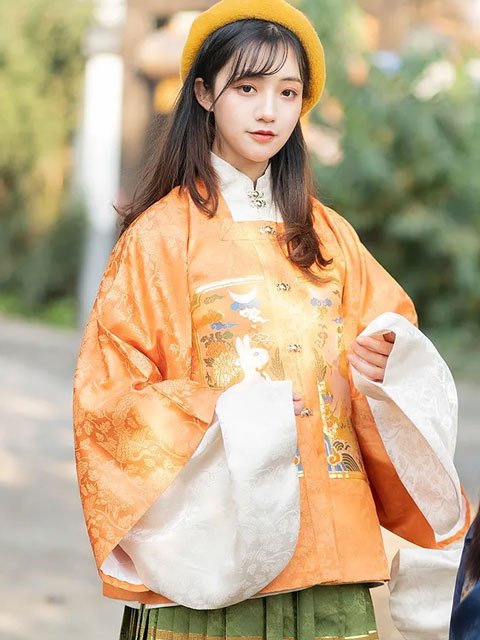
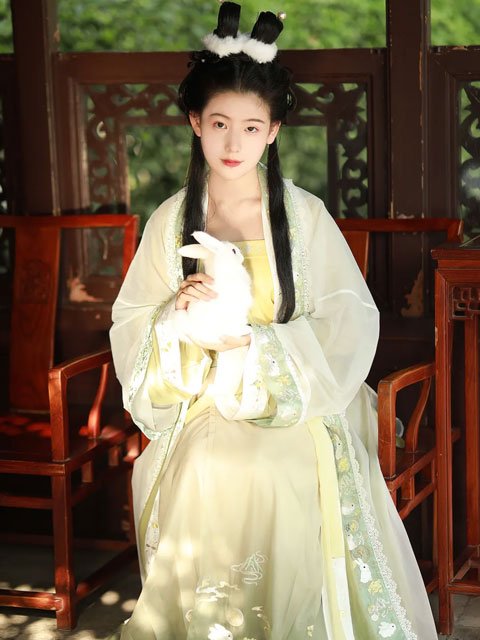
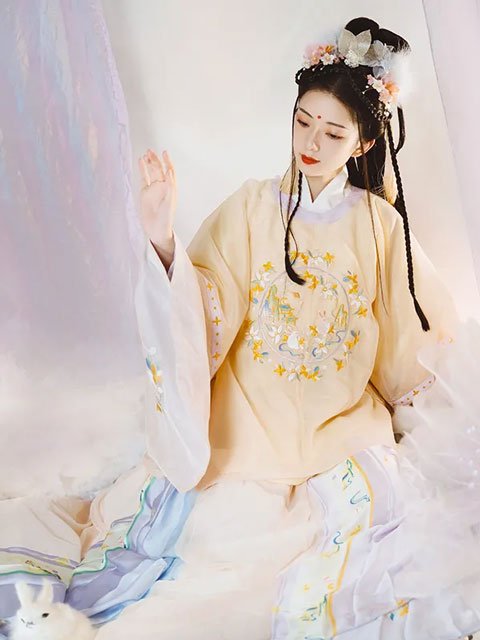
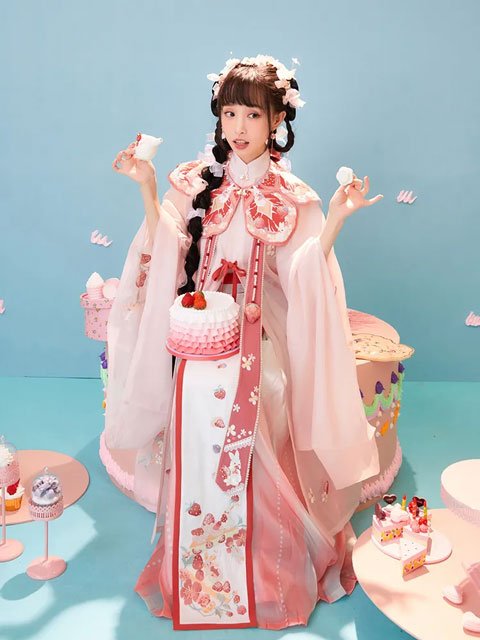

It's my 1st time knowing that hanfu costume for festival has also incorporate the festival's elements in it. I started make sense now, after the explanation article about rabbit. As I did saw in hanfu fashion show but unable to relate to why rabbit is part of the fashion. Thanks.